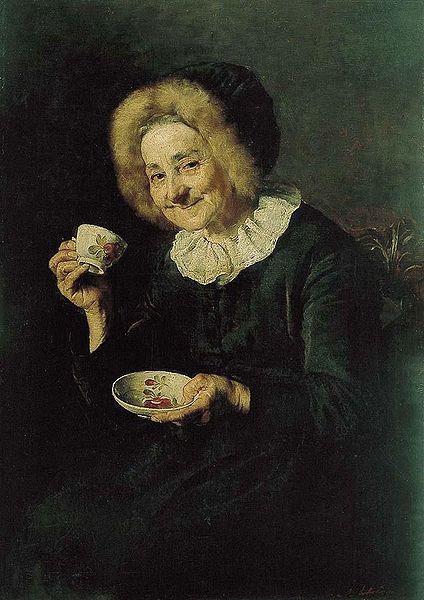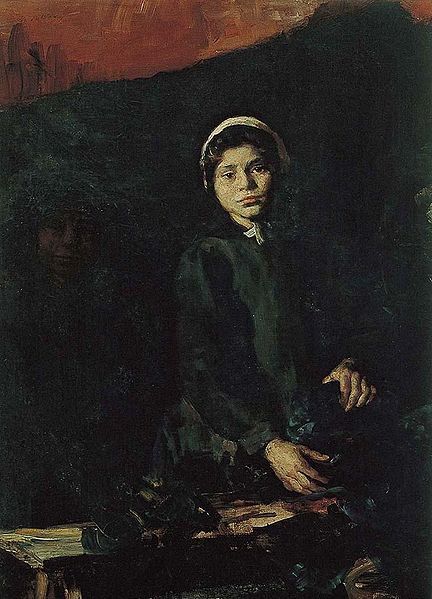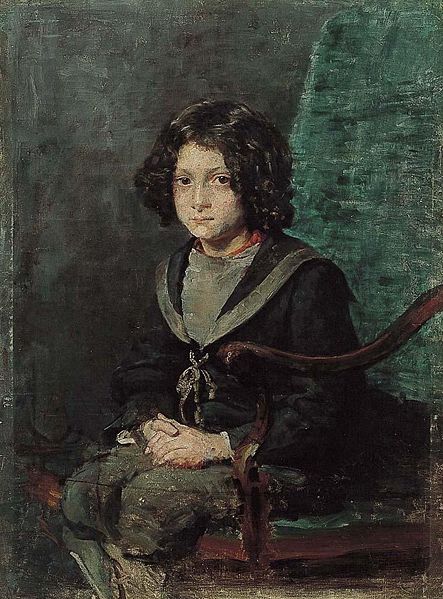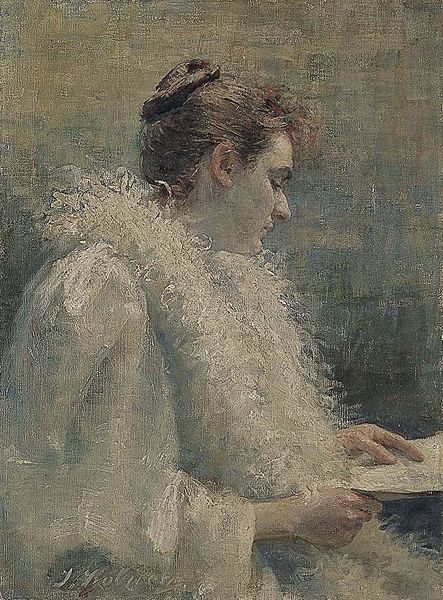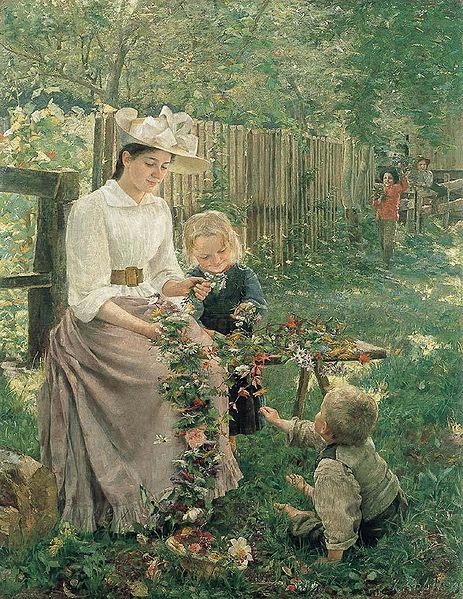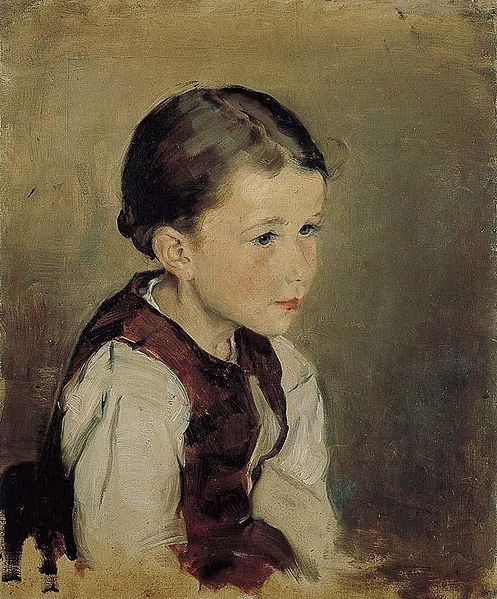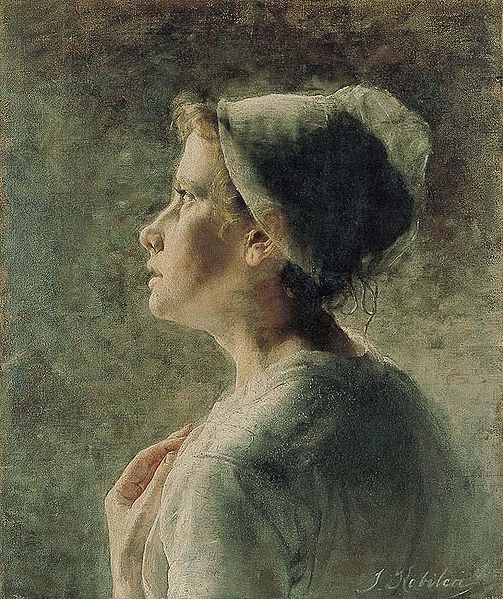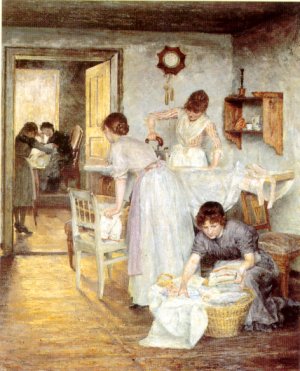<Back to Index>
- Physicist David Joseph Bohm, 1917
- Painter Ivana Kobilca, 1861
- President of South Korea Kim Young-sam, 1927
PAGE SPONSOR
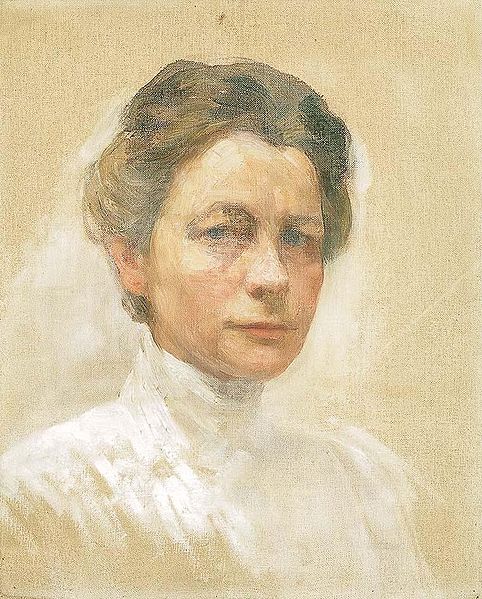
Ivana Kobilca (20 December 1861 - 4 December 1926) was a Slovene realist painter who lived, worked and studied in various European cities including Vienna, Sarajevo, Berlin, Paris and Munich. She was a member of Société Nationale des Beaux Arts in Paris. Many of her paintings are still lifes, portraits or country settings. She later tended toward impressionism.
Her best known paintings are Kofetarica (Coffeemadam), 1888; Citrarica (The Zitherist), Likarice (Women Ironers), 1891; Holandsko dekle (A Dutch Girl), Portret sestre Fani (Portrait of Sister Fani), 1889; and Poletje (Summer), 1889.
Her portrait was on the 5000 Slovenian tolar banknote. Ivana
Kobilca is the most important Slovenian female painter. Judging by her
social origin, way of living, ideals and work, she was an urban artist.
She is one of the Slovene realists,
who created their most important paintings in the 1880s. Kobilca's
greatest tribute to Slovenian art was made during the time she lived
abroad. Her greatest impact was on figure painting, especially portraits and paintings of typical people's lives in rustic or urban places. Since the time she had spent in Berlin, her most important genre became floral still life.
Her early work reflects characteristics of the München studio work.
The main colors are dark and brownish, only the pastels are light and
rosy. From 1889 onwards her painting became lighter with blue nuances,
typical of Parisian art at the time. From here on, many artists took the next step that led into Impressionism,
but Ivana Kobilca did not. In the latest period of her work, her
ability to create fresh and interesting paintings started to fade. With
some exceptions, her works of that period are dull and impersonal.
